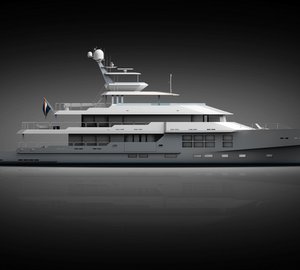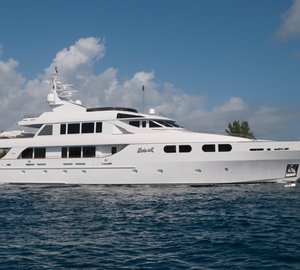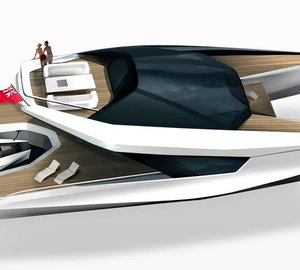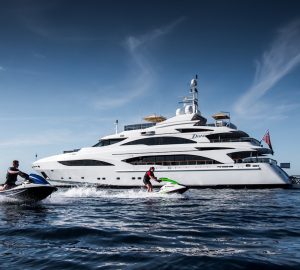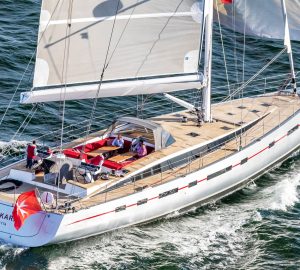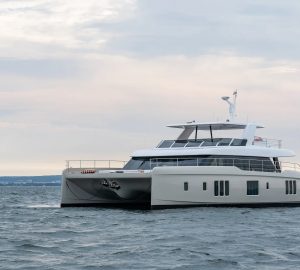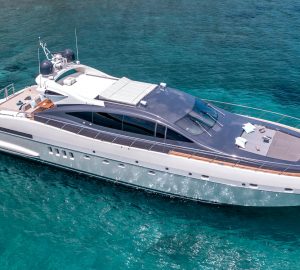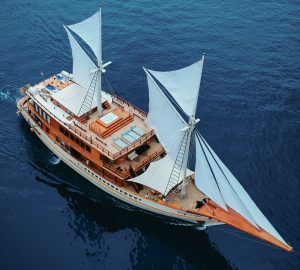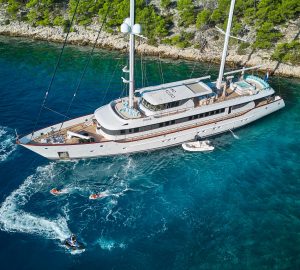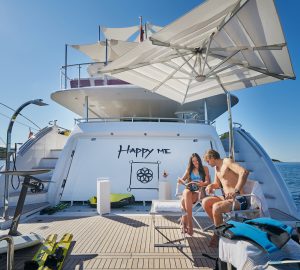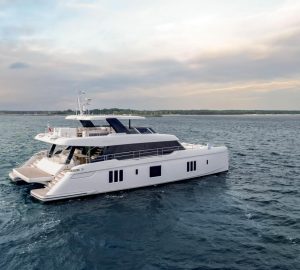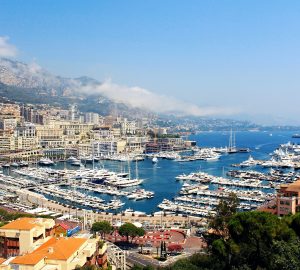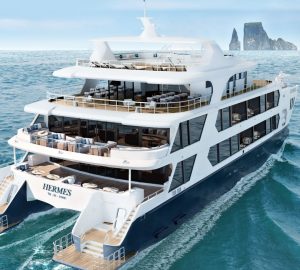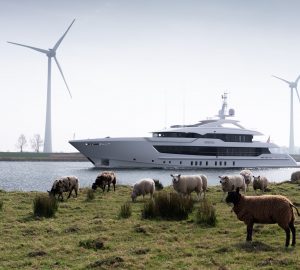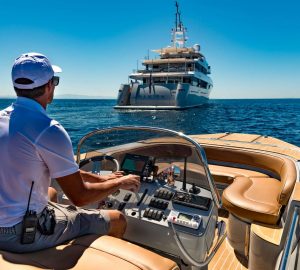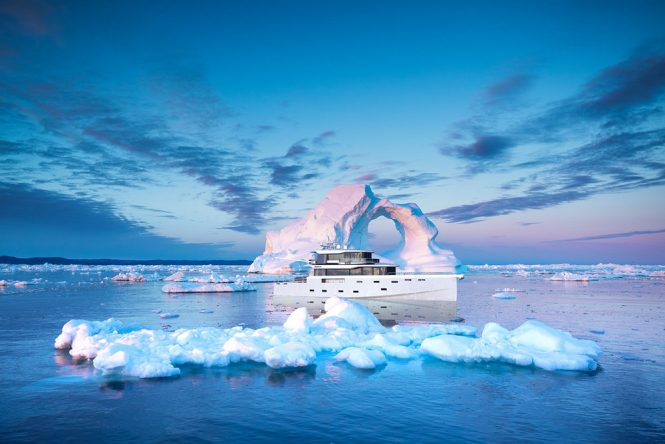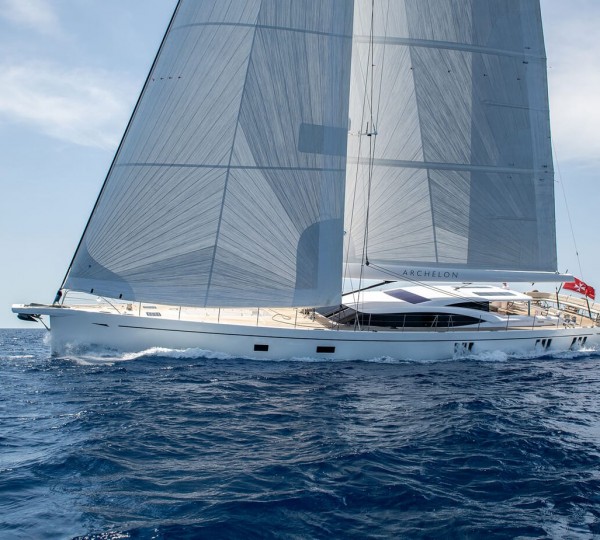Arksen, a London-based technology and innovation company, has released a range of expedition yachts at this year’s Boot Düsseldorf: The ARKSEN 70, the ARKSEN 85 and the ARKSEN 100 that are designed for research and conservation as well as serving for commercial and leisure purposes.
Arksen has been joined by several partners from across the industry: Humphreys Yacht Design, Wight Shipyard Company, Design Unlimited and Waterline Media, who bring their expertise to the company to create the next generation of environmentally-friendly yachts.
The yachts range in size from 20-30 metres and are designed for long-range exploration with a minimal crew: Each can be customised to incorporate and ICE class hull and are capable of being beached.
Most noticeably on board, they are built from environmentally sustainable materials and are fully recyclable once they reach the end of their 50-year lifespan. There are four propulsion options for Owners to choose from, diesel-electric being one such option. The hull efficiency is such that in a calm sea at 7 knots, the ARKSEN 85 has an onboard power requirement of only 12 kW. Onboard Ark Control uses AI technology to keep systems working optimally and alert the crew to maintenance issues before they develop.
The expedition yacht series is designed with a speed between 11 and 14 knots and the ARKSEN 85 is expected to reach up to 6,000 nautical miles.
Arksen has also established the Explorers’ Club and the Arksen Foundation, the former providing expedition-orientated itineraries and the latter a not-for-profit organisation that all Arksen Owners join, dedicating 10% of the vessel’s annual sea time to conservation projects.
“Our collective futures will depend on our ability to understand, protect and save our oceans for future generations, and I know that sailors who are inspired to own an Arksen vessel will embrace our ethics and approach,” said Arksen founder Jasper Smith “Owning an Arksen vessel is not a status symbol. It is a statement of intent.”
The first ARSKEN 85 is expected to enter production later in 2019.


